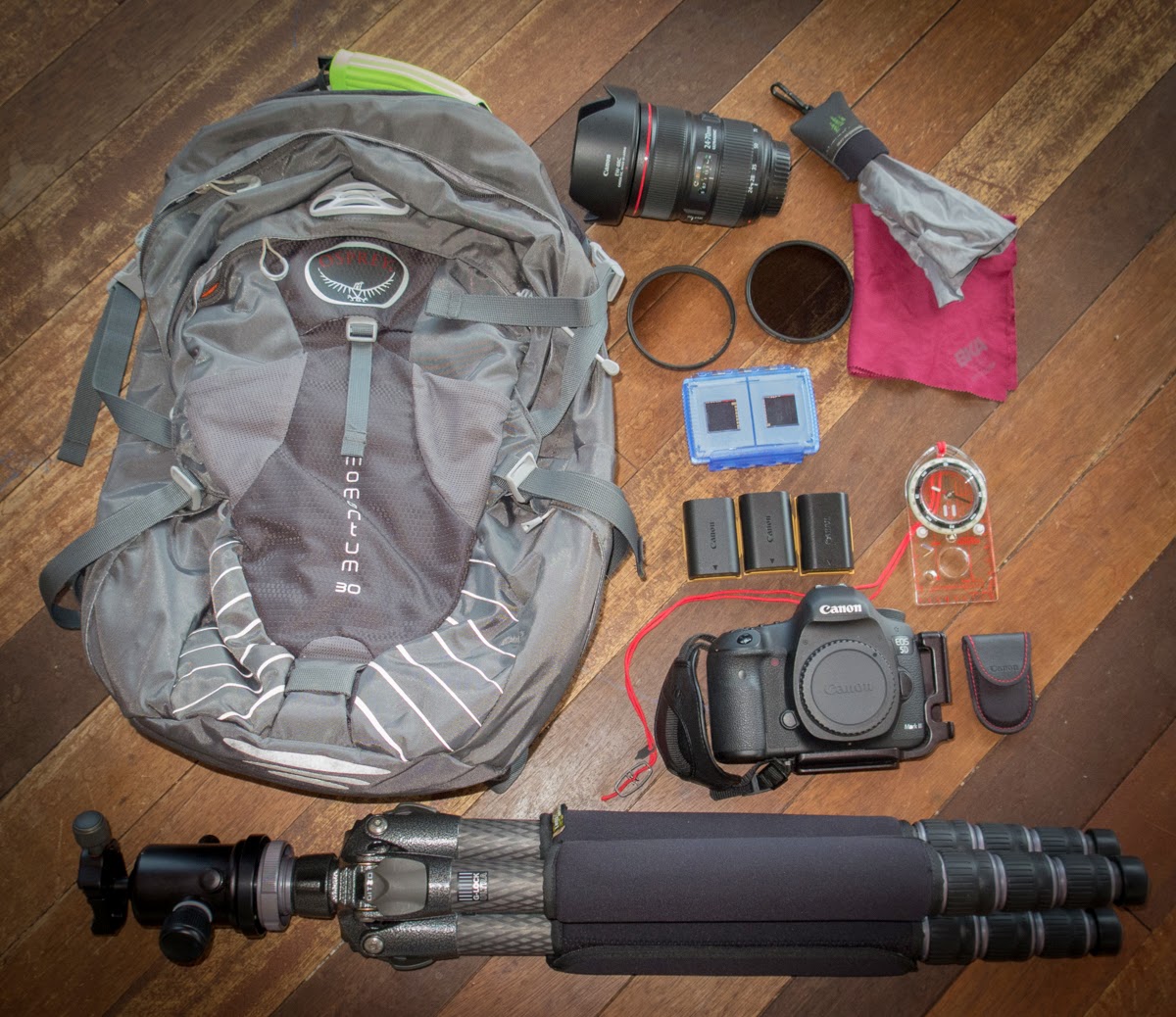HighDynamicRange photography is a process of gathering more light than a camera can take in a single image. HDR images are closer to the amount of light range our human eyes can see. The range of light that a camera catches is about 1/4 of what our eyes see. If you have taken a photo of a landscape before and didn't feel the photo looks as vibrant as it was in person, it might be do to the limitations of the camera.
Creating a final HDR image leaves a lot up to the person taking and processing the photos. It is easy to go over the top with HDR photography, but it is up to you to determine your style & how the final image looks. To me a good final image is not noticed as a HDR photo to viewer.
Here are a couple situations where using HDR technique helped get a more pleasing result.BEFORE
- Here is a normal exposure with trees in the foreground.
- Here is a situation where there highlights and dark areas in the image and the image is not very vibrant.
These images where done with HDR.
AFTER
- This image was made by taking 3 photos. -2 EV, 0, and +2 EV. All 3 photos were combined in Photomatix and Light Room to produce the final image below.
- This image was made by taking 3 photos. -3 EV, -1EV, and +1 EV. All 3 photos were combined in Photomatix and Light Room
to produce the final image below.
HDR Photography can produce images that we would not have been able to capture with one shot. Working with HDR photography you create an image and style. HDR photography leaves a lot up to the users interpretation and style.
Thanks for checking out the article.
Eric

